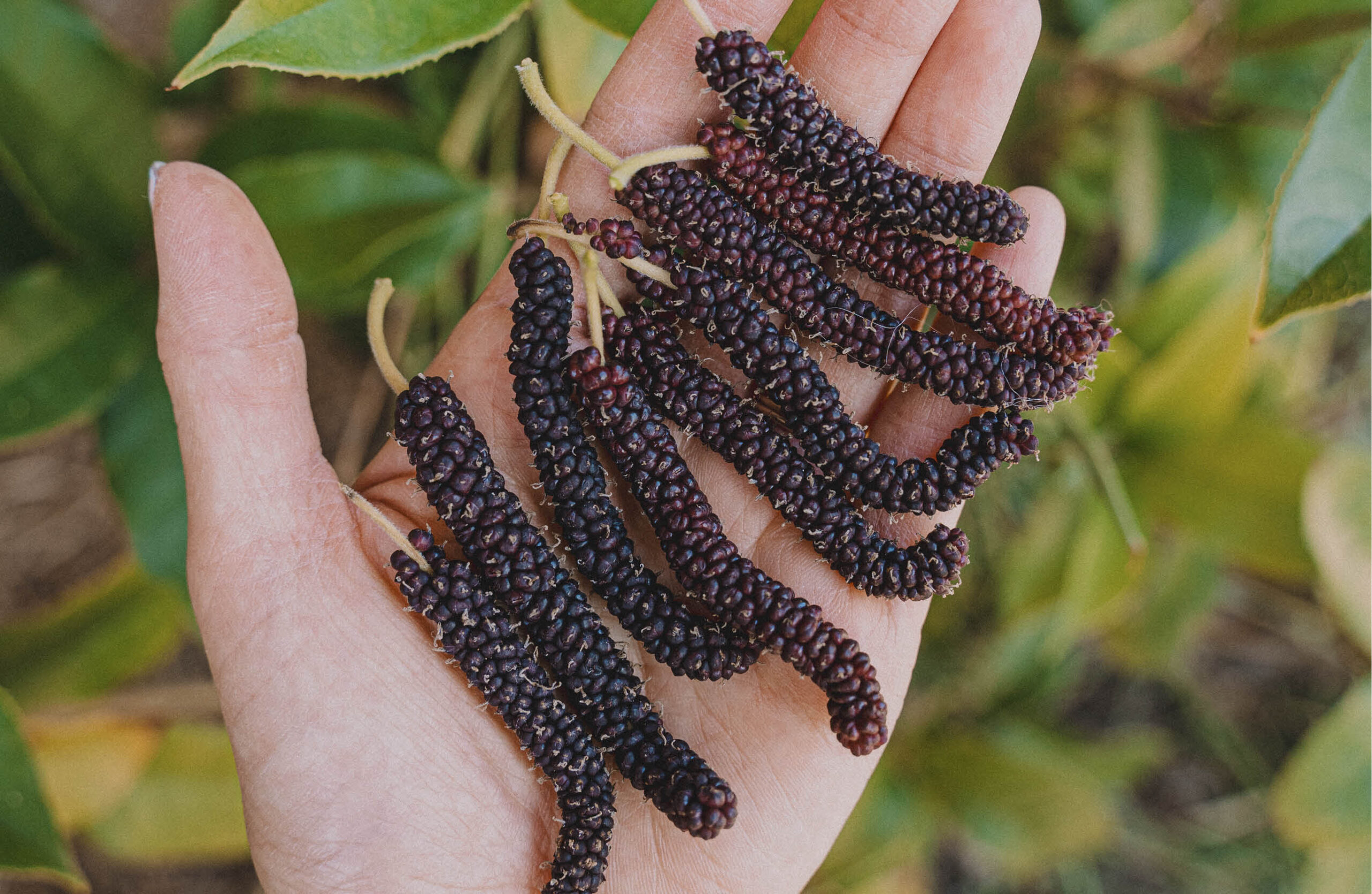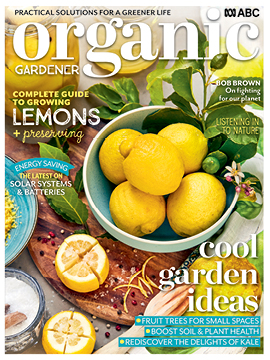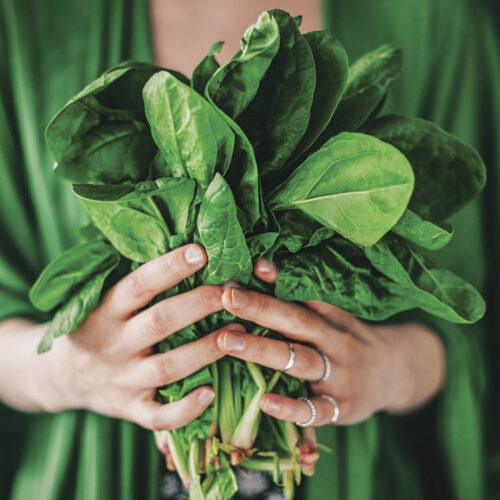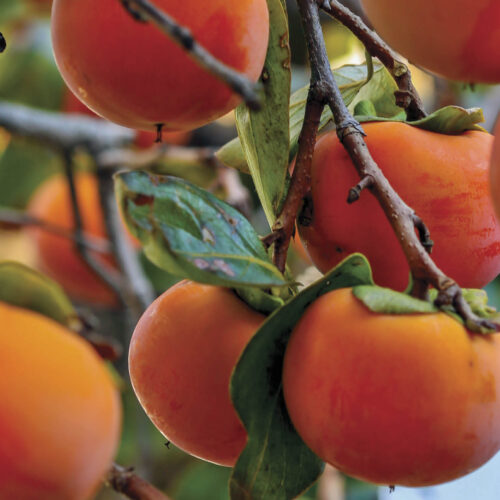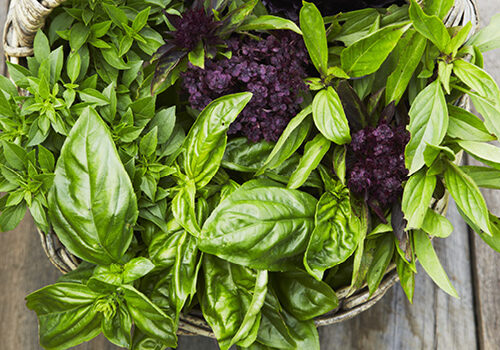Add mulberry foliage and fruit to your garden
2024-04-23T06:21:39+10:00
Ever wanted a mulberry tree but not sure you had the space? A smaller variety could be the solution.
If you’ve dreamed of having a backyard orchard but have limited space, why not try smaller trees? Dwarf varieties still produce full-sized fruit but when mature, are smaller compared to standard-sized trees. This is due to the rootstock used, or naturally dwarfing characteristics of certain varieties. If you have a mulberry tree on your to-plant list, try the following.
Mulberry
- Height Pruned 2m
- Width Pruned 2m
- Sun/Shade Full sun
- Harvest October to January
CLIMATE ZONE: Subtropical Arid/semi-arid
While most mulberries grow as large trees, there are a couple of varieties that stand out for their smaller size. Check out White Shahtoot and Red Shahtoot, both of which grow long, finger-length berries. White Shahtoot is especially sweet and its white-coloured fruits add an extra layer of protection against birds. Whereas the Red Shahtoot is a fabulous, coloured mulberry that doesn’t stain clothes (or driveways!). Mulberries are a self-pollinating, heat-loving deciduous tree, making them great to pop on the western side of a house to help shade from hot, summer afternoon heat, and allow light in during cool winters. Alternatively, plant it by a chook pen to provide much-needed shade in summer and as a bonus, the chooks can help clean up dropped fruit. Be sure to locate your tree in a sheltered spot to prevent immature fruit drop.
There’s more ideas to help you find fruit that fits a small space in our Early Winter 2024 issue (OG 149). It’s easy to subscribe here.

